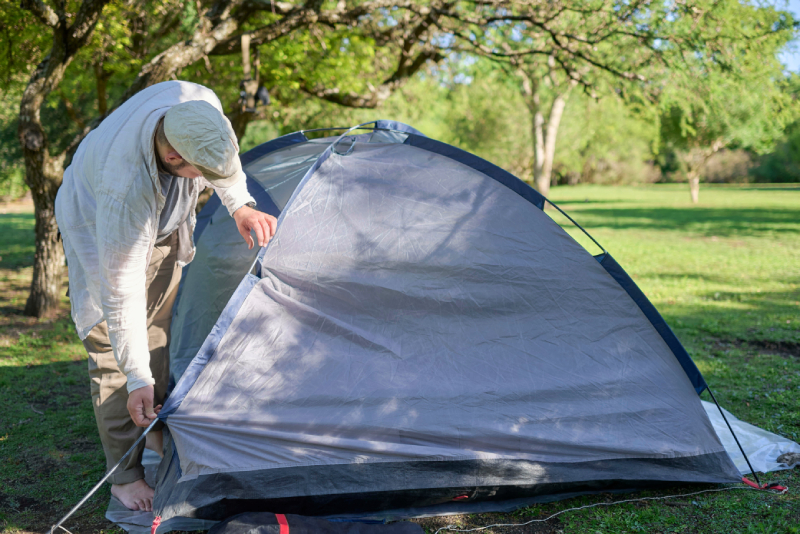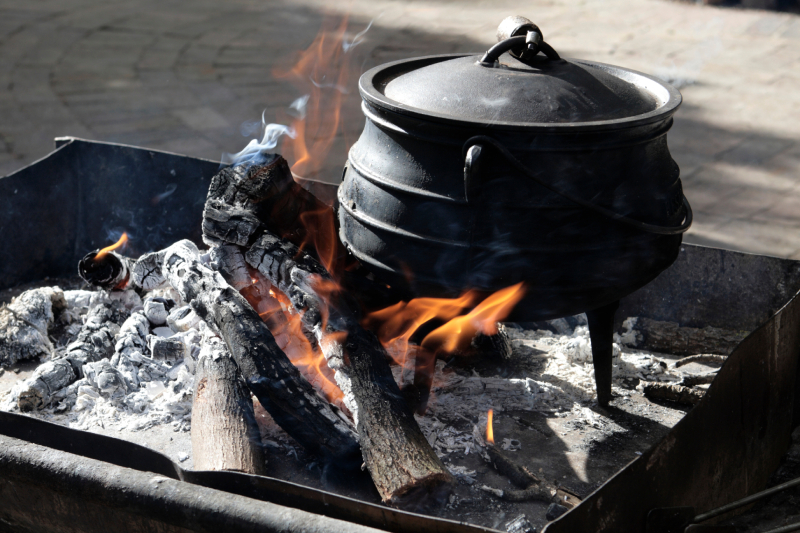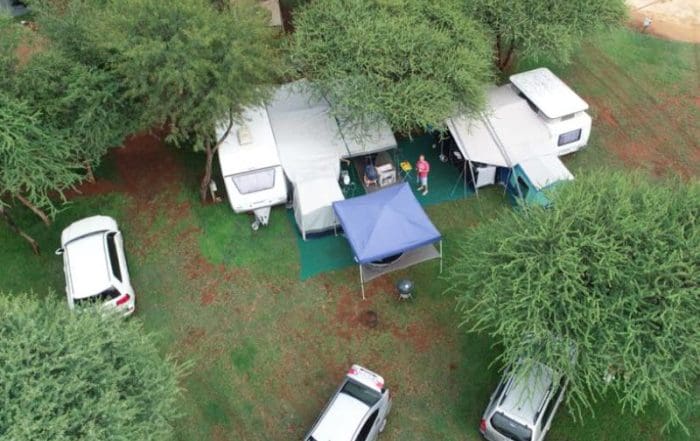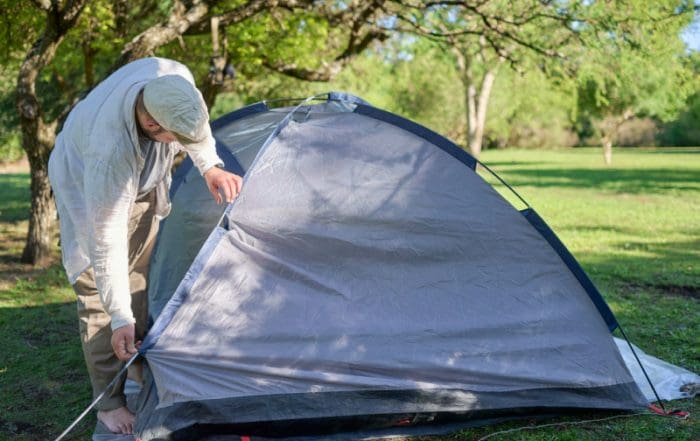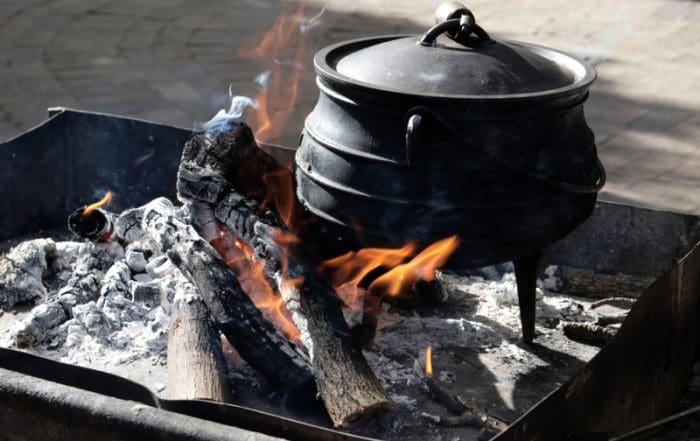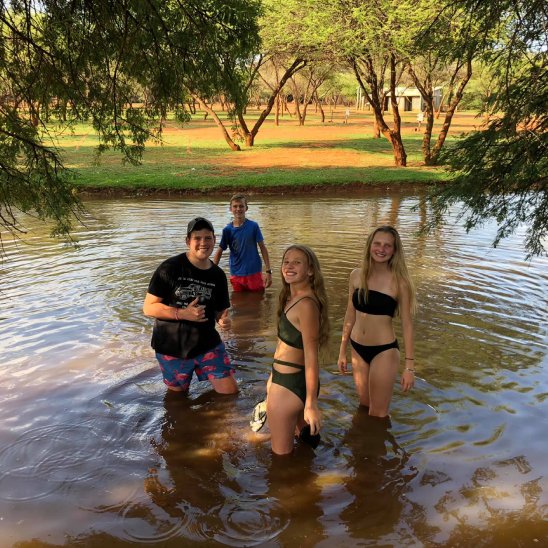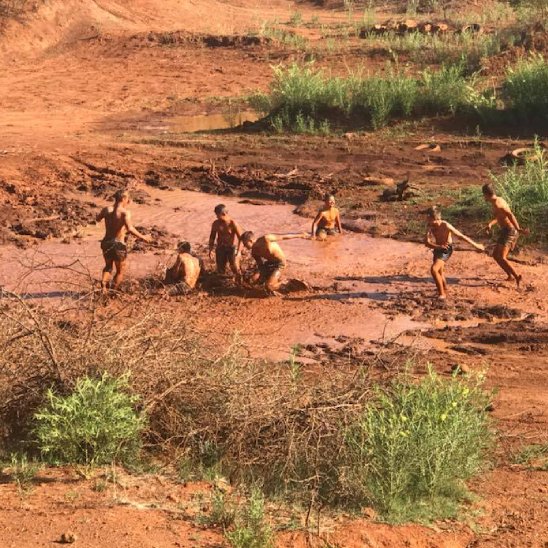South African Wildlife Photography Tips for Beginners: A Guide to Wildlife Photography
Are you seeking wildlife photography tips as a young photographer aiming to capture South Africa’s abundant and varied wildlife through your images? Look no further! There’s nowhere else to look! Nestled in the heart of Limpopo, Mbizi Lodge offers you a peaceful and comfortable stay and a chance to improve your wildlife photography abilities. This guide will give wildlife photography tips for beginners, whether you’re a foreign visitor looking for an authentic bushveld experience or a Gauteng or Limpopo, South Africa resident who loves to capture wildlife images.
Know the Best Fast Shutter Speed for Wildlife
The secret to successful wildlife photography is getting a clear, crisp picture of a subject that moves quickly. The pace of the animal you photograph frequently determines the best shutter speed for wildlife photography. Wildlife photographers also adjust the depth of field to ensure a sharp focus on their wild animals. Here are a few broad recommendations:
- Fast Animals: To capture the motion of swift animals, such as cheetahs or soaring birds, use a high shutter speed of 1/1000 seconds or more.
- Slower Moving Animals: A shutter speed of about 1/500 seconds should work well when taking pictures of slower-moving animals, such as grazing antelope.
- Creative Shots: Experiment with slower shutter speeds to capture motion blur or a sense of movement, but remember to stabilise your camera or use a tripod.
At Mbizi Lodge, you can hone your shutter speed photography abilities by taking pictures of various animal species in their native environments.
Wildlife Photography Tip: The Time of Day
When taking pictures of wildlife, lighting is crucial. Knowing the best time of day for photography and understanding lighting conditions are essential for taking beautiful photos. Here are some tips:
- Golden Hours: Immediately following sunrise and ending just before dusk, these hours offer gentle, directed light that accentuates the inherent hues of fauna. This is a great moment to get some exciting photos.
- Cloudy or Overcast Days: Distributing illumination evenly, can reduce harsh shadows. This kind of illumination greatly enhances photography of animals and their fine details.
- Avert the Brutal Midday Sun: Images taken during high noon may have sharp shadows and be overexposed. If possible, steer clear of taking pictures during this period.
Our experienced staff at Mbizi Lodge will assist you in scheduling your wildlife photography excursions for the ideal times of day to increase your chances of shooting amazing pictures.
Best Camera for a Wildlife Photography Beginner
Purchasing the best lens for wildlife photography is essential for capturing memorable shots. Don’t be afraid to invest in quality equipment to photograph South Africa’s diverse wildlife. While professional telephoto lenses can be pricey, there are excellent beginner-friendly options available. For beginners just starting out, a camera like the Canon EOS R50, Nikon Z50, or Canon EOS 90D offers fast autofocus, burst shooting, and excellent image quality, which is perfect for wildlife. If you prefer an all-in-one option, the Sony RX10 IV provides a powerful built-in zoom lens with minimal fuss.
Buy the Best Lens for Wildlife Photography You Can Afford
Purchasing the best lens for wildlife photography is essential for getting good shots. Don’t be afraid to invest in quality equipment to capture many wildlife subjects. While telephoto lenses might be pricey for pros, more affordable solutions are also available for beginners. Some lens concerns are as follows:
- Telephoto Lens: Telephoto Lens: A telephoto lens with a minimum focal length of 300mm is perfect for wildlife photography because it allows you to get up-close images of far-off subjects
- Zoom Lens: A zoom lens with a range of about 70-300mm can be an excellent option if you’re on a tight budget or want variety.
- Prime Lens: Wider aperture prime lenses, such as f/2.8 or f/4, work wonders in low light and produce stunning background blur (bokeh).
Gear for photography is essential, but what matters most are your talents. At Mbizi Lodge, you’ll be able to study and hone your skills using the equipment you own, improving your ability to photograph wildlife in a unique natural setting.
Apply the Rule of Thirds When Photographing Wildlife
The rule of thirds is one of the fundamental compositional rules in photography. It entails creating a 3×3 grid in your frame and placing your subject or focal points at the intersections or along the gridlines. This is how it operates:
- Topic Positioning: Guide your topic along a horizontal or vertical line rather than the middle of the frame. This gives your pictures more harmony and eye-catching detail.
- Landscapes: To emphasise the sky or the land more in photographs with wildlife, consider positioning the horizon along one of the horizontal lines.
- Leading Lines: Draw the viewer’s attention to your subject using organic features like branches, rivers, or paths.
- Balancing Components: Adding balancing components to your composition will help to create a harmonious image by enhancing your subject.
You will see the African bushveld and put the rule of thirds into effect when taking wildlife photos while staying at Mbizi Lodge.
Document Your Adventure with Wildlife At Mbizi Lodge
It’s time to put these beginner-friendly wildlife photography techniques into practice. Have a fantastic adventure in the bushveld with us at Mbizi Lodge in the centre of Limpopo. Photographic opportunities abound at this spot, whether your goal is to capture a buck or giraffe or the variety of South African birds.
Make your reservation at Mbizi Lodge today to start an expedition where you can discover, study, and use your camera to document the beauty of South African wildlife with our wildlife photography tips for beginners to help you along the way. Take advantage of this fantastic chance to hone your abilities and make lasting memories.




